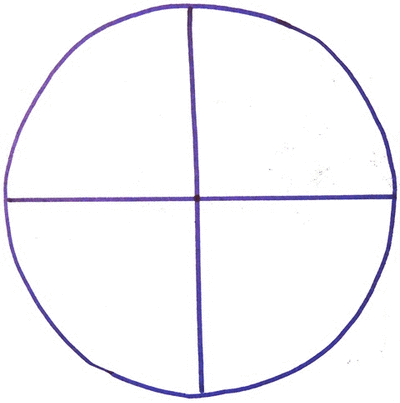Demand planning is not something I knew anything about before learning about it in the Discovering Mathematics elective module, and if I am truly honest the thought of a three hour workshop on this topic did not exactly excite me. However, I was completely proved wrong and in fact the demand planning workshop has been my favourite by far!
Rose (undated) describes ‘Demand planning is a multi-step operational supply chain management (SCM) process used to create reliable forecasts. Effective demand planning can guide users to improve the accuracy of revenue forecasts, align inventory levels with peaks and troughs in demand, and enhance profitability for a given channel or product’.
With this in mind we participated in a game which involved us ordering products whilst considering the demand for this due to the time or year or the selling price of the item. For example it is less likely you are going to buy a Christmas selection box in April – unless you’re highly organised! Not only did the game involve us making simple calculations such us multiplying the number ordered by the price we then had to work out how many were sold using percentages. The profit margin on items also had to be considered as we were trying to make as much money as possible. Whilst working through the activity all purchases, stock, profit and loss was recorded on a printed spreadsheet. Working in pairs made this activity really exciting and I think for a split second I’d spent my share of £69,00! Throughout this activity I kept thinking if adults could be so absorbed by this activity imagine how engaged children would be.
In my future teaching I will definitely incorporate this task as it can be adapted to different ages. It provides opportunity to introduce business like language such as profit and loss, starting budget and mark up on products. I like the fact the activity included thinking of a company name as I feel children like to personalise and have ownership of their work. The activity can include other aspects of the curriculum as the children could produce formulas to include in the spreadsheets to work out calculations. Overall the activity is a way of showing how mathematics is used in the wider world whilst being a highly engaging and enjoyable experience.
Rose, M (undated) http://searchmanufacturingerp.techtarget.com/definition/demand-planning







